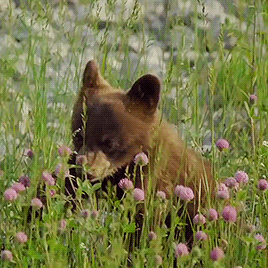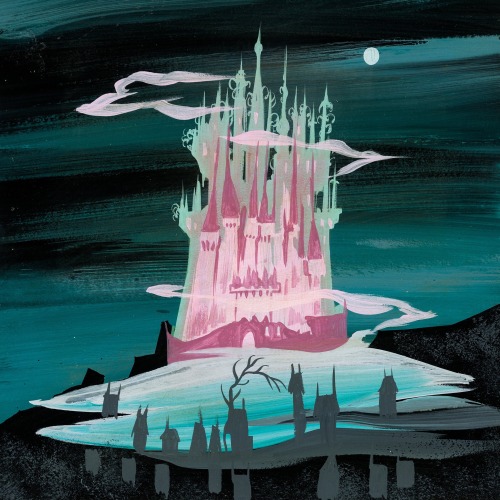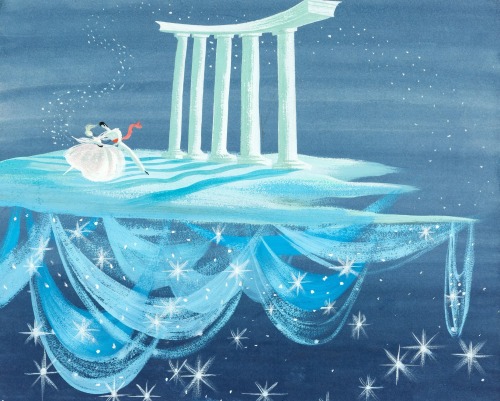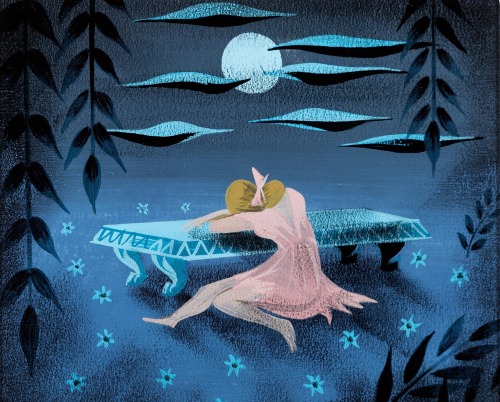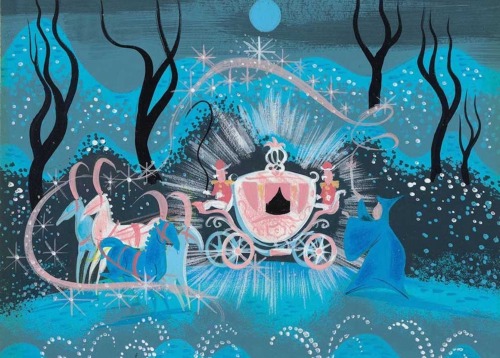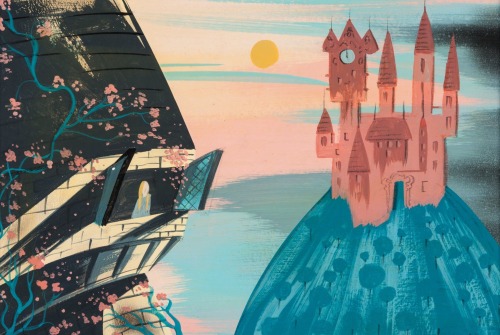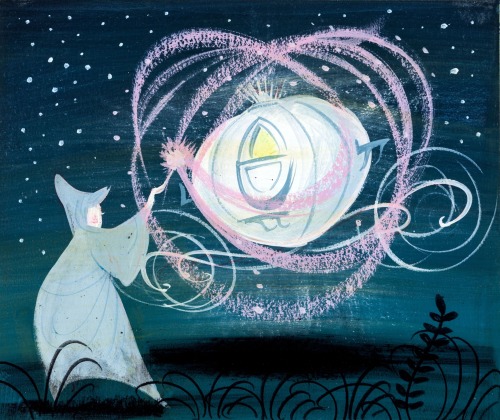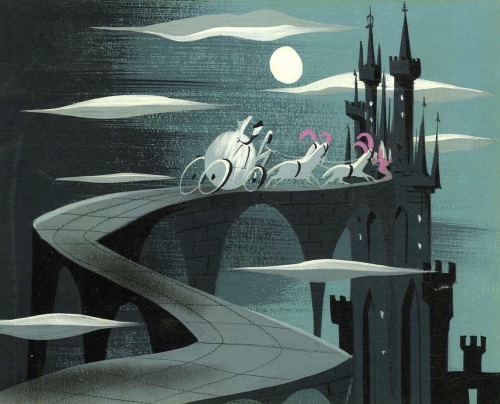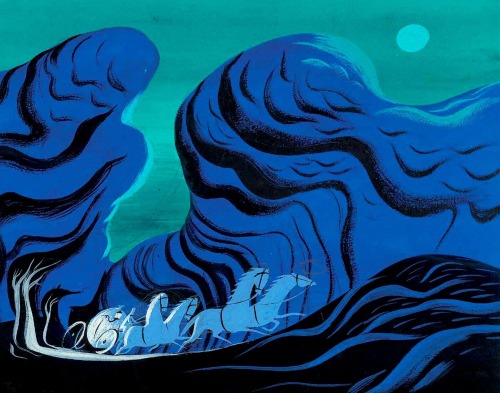Random Prompts 13:
Random Prompts 13:
"I hate you." "Aw, that's sweet. You can't even lie to my face."
"Why would you ever do this?" "Why? Why not?"
"Are you really that pissed off? It's just a little love bite." "I have stitches."
"Can we circle back to you two killing each other with blades later? We're under attack!"
"What just happened? Doesn't matter, it doesn't change us." "Oh, sure, my tongue in your mouth does nothing for our relationship, got it." "Keep talking and you won't have that tongue."
"If you ever hurt me, you're gonna regret it." "Maybe I should hurt you, just to test your bluff."
"Fuck me." "Agreed, this shit sucks-" "Fuck. Me."
"I shouldn't be worried. Why the hell am I worried?" "Because you like them?" "Like hell I do."
"Did you two..." "Kiss? Depends on what you call a kiss. Personally, being body-slammed into a wall then violently made out with isn't a kiss."
"Get the fuck out, right now!" "What? You invited me!"
More Posts from Bearieblues and Others






Instagram credit: __beanandbear__
🎁 20 Random Writing/Art Prompts 🎁
Handy Man
Small Talk
Just a Bite
Pair Up
Cut Above
Bright Idea
In the Office
Shine a Light
Star Attraction
It's a Crime
All Talk
Meeting Place
You're the Boss
Taking Shape
Be Lucky
Safe Haven
Mail Bag
Keep Fit
Laundry List
Fire Fight

Writing Weapons (1): Swords
The Thrusting Sword
Type of fight scene: entertaining, duels, non-lethal fights, non-gory deaths, swashbuckling adventure
Mostly used in: Europe, including Renaissance and Regency periods
Typical User: silm, male or female, good aerobic fitness
Main action: thrust, pierce, stab
Main motion: horizontal with the tip forward
Shape: straight, often thin, may be lightweight
Typical Injury: seeping blood, blood stains spreading
Strategy: target gaps in the armous, pierce a vital organ
Disadvantage: cannot slice through bone or armour
Examples: foil, epee, rapier, gladius
The Cleaving Sword
Type of fight scene: gritty, brutal, battles, cutting through armour
Typical user: tall brawny male with broad shulders and bulging biceps
Mostly used in: Medieval Europe
Main action: cleave, hack, chop, cut, split
Main motion: downwards
Shape: broad, straight, heavy, solid, sometime huge, sometimes need to be held in both hands, both sides sharpened
Typical Injury: severed large limbs
Strategy: hack off a leg, them decapitate; or split the skull
Disadvantage: too big to carry concealed, too heavy to carry in daily lifem too slow to draw for spontaneous action
Examples: Medieval greatsword, Scottish claymore, machete, falchion
The Slashing Sword
Type of fight scene: gritty or entertaining, executions, cavalry charge, on board a ship
Mostly used in: Asia, Middle East
Typical user: male (female is plausible), any body shape, Arab, Asian, mounted warrior, cavalryman, sailor, pirate
Main action: slash, cut, slice
Main motion: fluid, continuous, curving, eg.figure-eight
Shape: curved, often slender, extremely sharp on the outer edge
Typical Injury: severed limbs, lots of spurting blood
Strategy: first disable opponent's sword hand (cut it off or slice into tendons inside the elbow)
Disadvantage: unable to cut thorugh hard objects (e.g. metal armor)
Examples: scimitar, sabre, saif, shamshir, cutlass, katana
Blunders to Avoid:
Weapons performing what they shouldn't be able to do (e.g. a foil slashing metal armour)
Protagonists fighting with weapons for which they don't have the strength or build to handle
The hero carrying a huge sword all the time as if it's a wallet
Drawing a big sword form a sheath on the back (a physical impossiblity, unless your hero is a giant...)
Generic sword which can slash, stab, cleave, slash, block, pierce, thrust, whirl through the air, cut a few limbs, etc...as if that's plausible
adapted from <Writer's Craft> by Rayne Hall
In writing, epithets ("the taller man"/"the blonde"/etc) are inherently dehumanizing, in that they remove a character's name and identity, and instead focus on this other quality.
Which can be an extremely effective device within narration!
They can work very well for characters whose names the narrator doesn't know yet (especially to differentiate between two or more). How specific the epithet is can signal to the reader how important the character is going to be later on, and whether they should dedicate bandwidth to remembering them for later ("the bearded man" is much less likely to show up again than "the man with the angel tattoo")
They can indicate when characters stop being as an individual and instead embody their Role, like a detective choosing to think of their lover simply as The Thief when arresting them, or a royal character being referred to as The Queen when she's acting on behalf of the state
They can reveal the narrator's biases by repeatedly drawing attention to a particular quality that singles them out in the narrator's mind
But these only work if the epithet used is how the narrator primarily identifies that character. Which is why it's so jarring to see a lot of common epithets in intimate moments-- because it conveys that the main character is primarily thinking of their lover/best friend/etc in terms of their height or age or hair color.
-
 fantasybookgeek09 liked this · 1 month ago
fantasybookgeek09 liked this · 1 month ago -
 nothingyoucantakefromme liked this · 1 month ago
nothingyoucantakefromme liked this · 1 month ago -
 ombrecinq reblogged this · 1 month ago
ombrecinq reblogged this · 1 month ago -
 ombrecinq liked this · 1 month ago
ombrecinq liked this · 1 month ago -
 anitheentish liked this · 1 month ago
anitheentish liked this · 1 month ago -
 green-days-things liked this · 1 month ago
green-days-things liked this · 1 month ago -
 cynical-by-nature liked this · 1 month ago
cynical-by-nature liked this · 1 month ago -
 pstbun liked this · 1 month ago
pstbun liked this · 1 month ago -
 tabaxi-power liked this · 1 month ago
tabaxi-power liked this · 1 month ago -
 tabaxi-power reblogged this · 1 month ago
tabaxi-power reblogged this · 1 month ago -
 llamawrites reblogged this · 1 month ago
llamawrites reblogged this · 1 month ago -
 lugenethedramallama liked this · 1 month ago
lugenethedramallama liked this · 1 month ago -
 thisiswhy-idontleavethehouse liked this · 1 month ago
thisiswhy-idontleavethehouse liked this · 1 month ago -
 glitteryprincessposts liked this · 1 month ago
glitteryprincessposts liked this · 1 month ago -
 rhyzoma liked this · 1 month ago
rhyzoma liked this · 1 month ago -
 plsgimmemomentofmyship liked this · 1 month ago
plsgimmemomentofmyship liked this · 1 month ago -
 blondepxmpkin liked this · 1 month ago
blondepxmpkin liked this · 1 month ago -
 m9tt liked this · 1 month ago
m9tt liked this · 1 month ago -
 sapphiccup liked this · 1 month ago
sapphiccup liked this · 1 month ago -
 hollow-smile liked this · 1 month ago
hollow-smile liked this · 1 month ago -
 shifter-101 liked this · 1 month ago
shifter-101 liked this · 1 month ago -
 sora-sunshine liked this · 1 month ago
sora-sunshine liked this · 1 month ago -
 ap-llo liked this · 1 month ago
ap-llo liked this · 1 month ago -
 wallofchynax reblogged this · 2 months ago
wallofchynax reblogged this · 2 months ago -
 muschiettistrashmouth liked this · 2 months ago
muschiettistrashmouth liked this · 2 months ago -
 lazilyse reblogged this · 2 months ago
lazilyse reblogged this · 2 months ago -
 lazilyse liked this · 2 months ago
lazilyse liked this · 2 months ago -
 jsauprompts reblogged this · 2 months ago
jsauprompts reblogged this · 2 months ago -
 incatzzjjong liked this · 2 months ago
incatzzjjong liked this · 2 months ago -
 azaleafawna03 liked this · 2 months ago
azaleafawna03 liked this · 2 months ago -
 mira-does-stuff liked this · 2 months ago
mira-does-stuff liked this · 2 months ago -
 scarletskyy liked this · 2 months ago
scarletskyy liked this · 2 months ago -
 cupidarchived liked this · 2 months ago
cupidarchived liked this · 2 months ago -
 justastranger2032 liked this · 2 months ago
justastranger2032 liked this · 2 months ago -
 kneehighkonverse liked this · 2 months ago
kneehighkonverse liked this · 2 months ago -
 earthshatter59905 reblogged this · 2 months ago
earthshatter59905 reblogged this · 2 months ago -
 earthshatter59905 liked this · 2 months ago
earthshatter59905 liked this · 2 months ago -
 mp3grlxsq liked this · 2 months ago
mp3grlxsq liked this · 2 months ago -
 the-artist-grimm liked this · 2 months ago
the-artist-grimm liked this · 2 months ago -
 makemake22 liked this · 2 months ago
makemake22 liked this · 2 months ago -
 m1n-m4i liked this · 2 months ago
m1n-m4i liked this · 2 months ago -
 jamespottervariant liked this · 2 months ago
jamespottervariant liked this · 2 months ago -
 rosyringd liked this · 2 months ago
rosyringd liked this · 2 months ago -
 tiredsleepyworker liked this · 2 months ago
tiredsleepyworker liked this · 2 months ago -
 plantitadenube liked this · 2 months ago
plantitadenube liked this · 2 months ago -
 dolly-royal liked this · 2 months ago
dolly-royal liked this · 2 months ago -
 hexedizumi liked this · 2 months ago
hexedizumi liked this · 2 months ago -
 losermicah liked this · 2 months ago
losermicah liked this · 2 months ago
